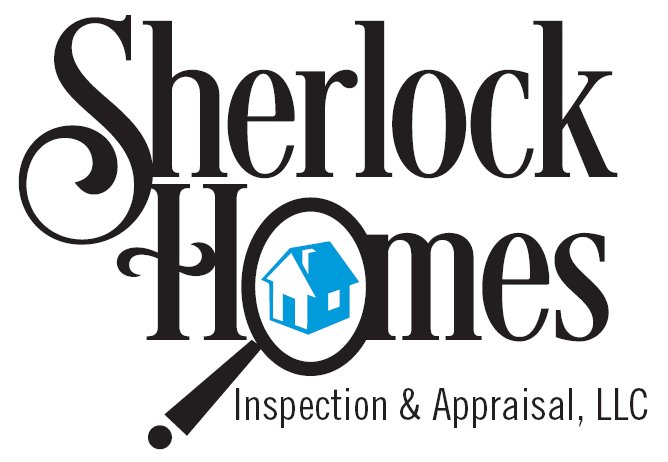At Sherlock Homes Inspection & Appraisal, LLC our Certified Professional Inspectors in Colorado emphasize the importance of keeping your home dry inside and out. Unknown to most homeowners most of our structural and exterior building products are porous, with many of the outer covering materials being water resistant but not always water proof. In other words they will shed water in a manner as they are engineered and designed for, but they are susceptible to water penetration from excessive volumes of water or prolonged exposure as the time lapse video below shows with a standard residential clay brick. If this water is allowed to penetrate to the structural components of the home there are many detrimental occurrences that will result. This short blog will explain the capillary action that creates this defect along with the resulting spalling of our building materials. It really is fascinating and if you own a home and can spare five minutes I highly recommend reading and watching the video.
Porous building products that are exposed to prolonged water or over saturation can suffer from a detrimental occurrence known as Capillary Action.
Capillary Action: The movement of water within the confined spaces of a porous material or between two adjoining hydrophilic materials due to the attractive force of surface tension.
Porous building materials are capable of wicking water for large distances due to capillary action with a theoretical limit of capillary rise of about 6 miles. That’s 6 miles directly up. Think of a tree and how a tree can transport water from its roots to its leaves. That’s capillary action. And it’s very powerful. When you add salt to that capillary process, it can be destructive.
Salts dissolved by groundwater can be transported by capillary action through porous soil. Building materials in contact with soil will naturally wick the water inward and upward. Take concrete footings — they are typically poured directly onto soil without any capillary break. Sometimes this is called rising damp. This is the beginning of how water can wick upward into a structure.
When the capillary flow of water reaches the surface of a building material, evaporation occurs. As the water evaporates, salt is left behind. As this evaporation of capillary flow continues, the salt concentration increases through the process of osmosis, which creates an imbalance. Nature abhors imbalance and always wants to put things back into equilibrium. To re-establish equilibrium through osmosis, water rushes toward the salt deposit to dilute the concentration. This rush of water creates massive hydrostatic pressures within the porous material, and these pressures are destructive.
The pressure from osmosis can create incredibly strong hydrostatic pressure that can exceed the strength of building materials, including concrete.
Here are some examples of how that pressure translates:
• Diffusion vapor pressure: 0.3 to 0.5 psi
• Capillary pressure: 300 to 500 psi
• Osmotic pressure: 3,000 to 5,000 psi
As you can see from the list above, osmosis can create pressure that is greater than the structural strength of concrete, which can be from 2,000 psi to 3,000 psi. The action of water rushing to the surface due to capillary action creates incredible forces that can cause materials to flake, crack, and break apart.
Spalling: (Spall) – a result of water entering brick, concrete or natural stone and forcing the surface to peel, pop out or flake off. Spalling may occur though a variety of means, too much moisture in the concrete, mechanical means, or osmosis.
When efflorescence leads to strong osmotic pressures—greater than the strength of the building material—and the material literally breaks apart, the resulting damage is called spalling. Hydrostatic pressure can cause spalling, but spalling can also be caused by freeze-thaw cycles in building materials that have a high moisture content.
Both efflorescence and spalling can be prevented with capillary breaks, such as by installing a polyethylene sheeting under a concrete slab.
One of the first signs we see of this capillary action is efflorescence deposits. Efflorescence is as explained above the migration of salt to the surface of a porous material, where it forms a coating which is white, yellow, or brown in color. Efflorescence and some types of mold are commonly misidentified by homeowners. Our inspectors are trained to recognize these warning signs and further investigate them during he inspection.
Sherlock Homes Inspection & Appraisal, LLC inspects homes from Vail to Fort Morgan, and from Castle Rock to the Wyoming border and everything in-between. Our detailed reports will not only educate our clients on the condition and cause of any defects found, they will explain and recommend corrective actions when necessary. We are here not only to inspect the condition of your home, but also to advise you on the care and maintenance of your investment. If you looking for a great home inspection give us a call.
SherlockHomesCO.com – (970) 481-7977 – Rick@SherlockHomesCO.com
